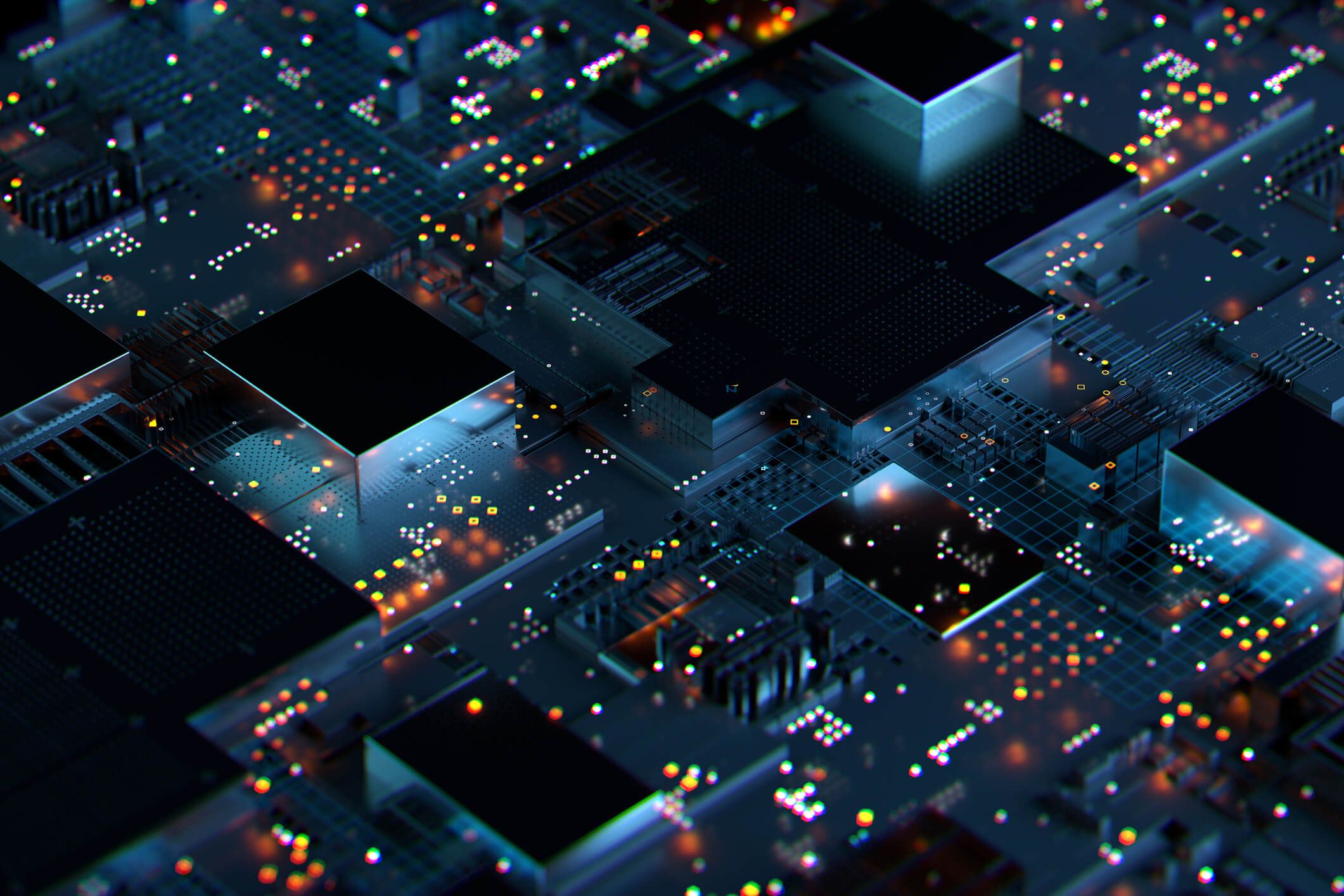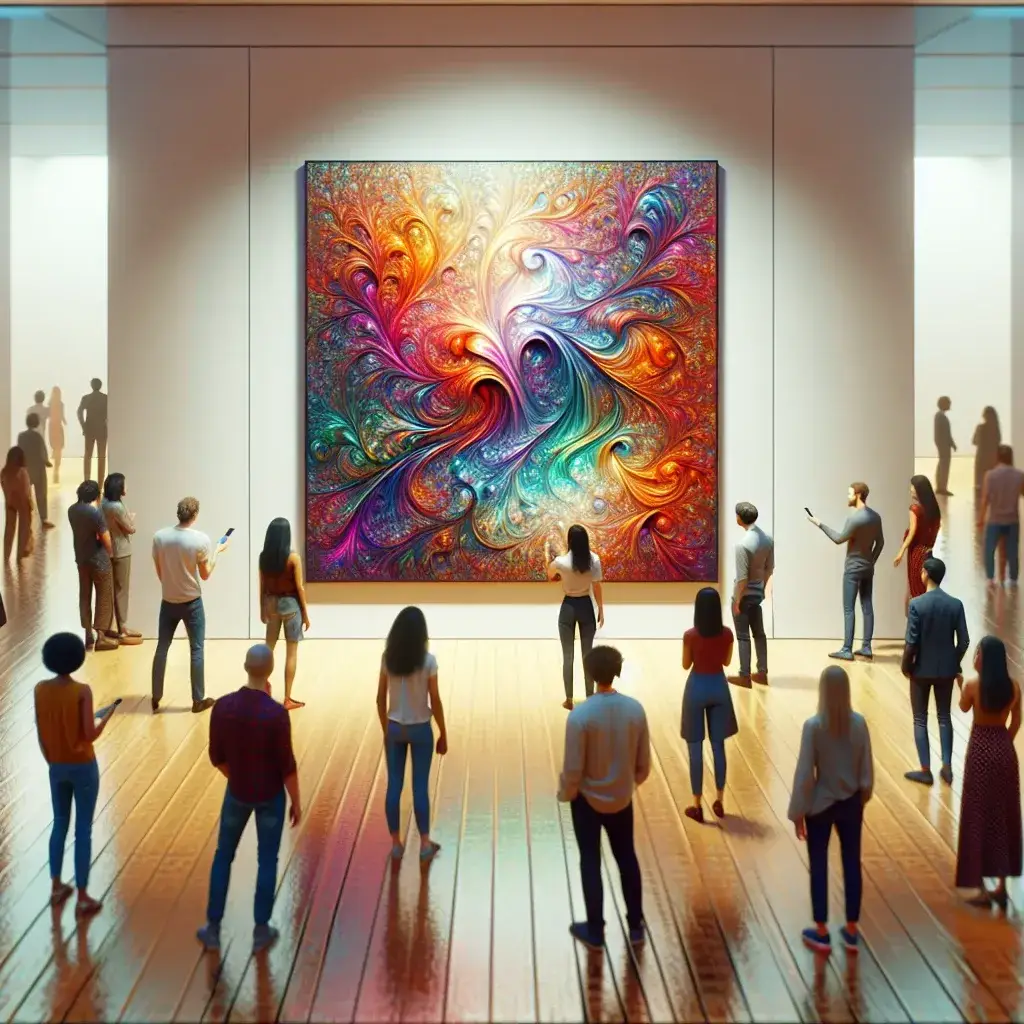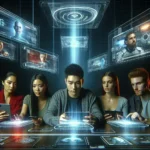Introduction
The rise of artificial intelligence (AI) has transformed various industries, and the art world is no exception. As AI art becomes more prevalent, it raises important questions about its effects on marginalized groups. This article delves into the complex interplay between AI-generated art and those often underrepresented and marginalized in traditional art forms.
The Historical Context of Art and Marginalization
Throughout history, marginalized groups have faced systematic barriers in the art world. From women and people of color to LGBTQ+ individuals, the art narrative has often sidelined their voices. Traditional art institutions have been slow to embrace diversity, leading to a lack of representation in galleries, museums, and art history. The advent of AI art presents both a challenge and an opportunity for these communities.
Understanding AI Art
AI art refers to the use of algorithms and machine learning to create artistic works. These technologies analyze existing artworks, styles, and themes to produce new pieces. While AI-generated art can democratize the creative process, it also raises concerns about authenticity, authorship, and ownership.
Pros of AI Art for Marginalized Groups
1. Accessibility to Creation
AI art tools can lower the barriers to entry for individuals who may not have had the opportunity to pursue traditional art education or access expensive materials. For example, programs like DeepArt and Runway ML allow users to create stunning visuals with minimal technical skills.
2. Amplifying Voices
AI art can be used to amplify the voices of marginalized artists. By leveraging AI tools, these artists can challenge dominant narratives and create works that reflect their unique perspectives. For instance, an LGBTQ+ artist might use AI to explore themes of identity in innovative ways that resonate with their community.
3. Global Reach and Distribution
The internet and AI art platforms enable creators from marginalized backgrounds to share their work with a global audience. This exposure can lead to increased recognition and opportunities that were previously inaccessible. Social media has played a crucial role in this democratization, allowing artists to bypass traditional gatekeepers.
Challenges Faced by Marginalized Groups in AI Art
1. Misrepresentation and Stereotypes
While AI art can empower marginalized groups, it also poses risks of misrepresentation. AI systems are trained on existing datasets, which may contain biases and stereotypes. This can lead to the perpetuation of harmful narratives about specific communities, diluting their unique histories and experiences.
2. Lack of Control Over Content
Creators may find it challenging to maintain control over how their art is interpreted and used. AI-generated pieces can be easily repurposed or altered, often without the consent of the original artist. This raises ethical questions about ownership and the exploitation of marginalized voices.
3. Economic Disparities
Despite the accessibility of AI tools, there remains a significant economic divide. Not all marginalized artists have equal access to technology or stable internet connections. This digital divide can hinder their ability to participate in the AI art scene, further exacerbating existing inequalities.
Future Predictions for AI Art and Marginalized Groups
1. Increased Collaboration
As AI art continues to evolve, we can expect to see more collaborative projects that include marginalized voices. Partnerships between AI developers and artists from diverse backgrounds can foster a more inclusive art landscape.
2. Ethical AI Development
The demand for ethical AI practices is growing, with calls for more transparency in how algorithms are trained. This could lead to a future where AI systems are designed with inclusivity in mind, actively working to minimize bias and representation issues.
3. Educational Opportunities
As AI art gains traction, educational programs aimed at marginalized groups could emerge, offering training in both AI technology and artistic disciplines. This could empower a new generation of diverse artists to shape the future of the art world.
Case Studies and Examples
1. The Black Artists + Designers Guild
This collective of Black artists and designers uses AI art to challenge the status quo and showcase their talents. By harnessing technology, they create powerful narratives that highlight the experiences of Black individuals in the art world.
2. AI and Indigenous Art
Some Indigenous artists are exploring AI as a tool to reinterpret traditional narratives and challenge colonial perspectives. By using AI, they can create art that reflects their cultural identities while engaging with contemporary issues.
Expert Opinions
According to Dr. Emily Johnson, an art historian specializing in digital art, “AI art has the potential to disrupt traditional art narratives, but it must be approached critically. We must ensure that marginalized voices are not only represented but heard in the evolving dialogue surrounding AI in the arts.”
Conclusion
The effects of AI art on marginalized groups are multifaceted, presenting both opportunities and challenges. As we navigate this new terrain, it is essential to prioritize inclusivity and equity in the development and application of AI technologies. By doing so, we can foster a more diverse and vibrant art world that authentically represents all voices.








Leave a Reply